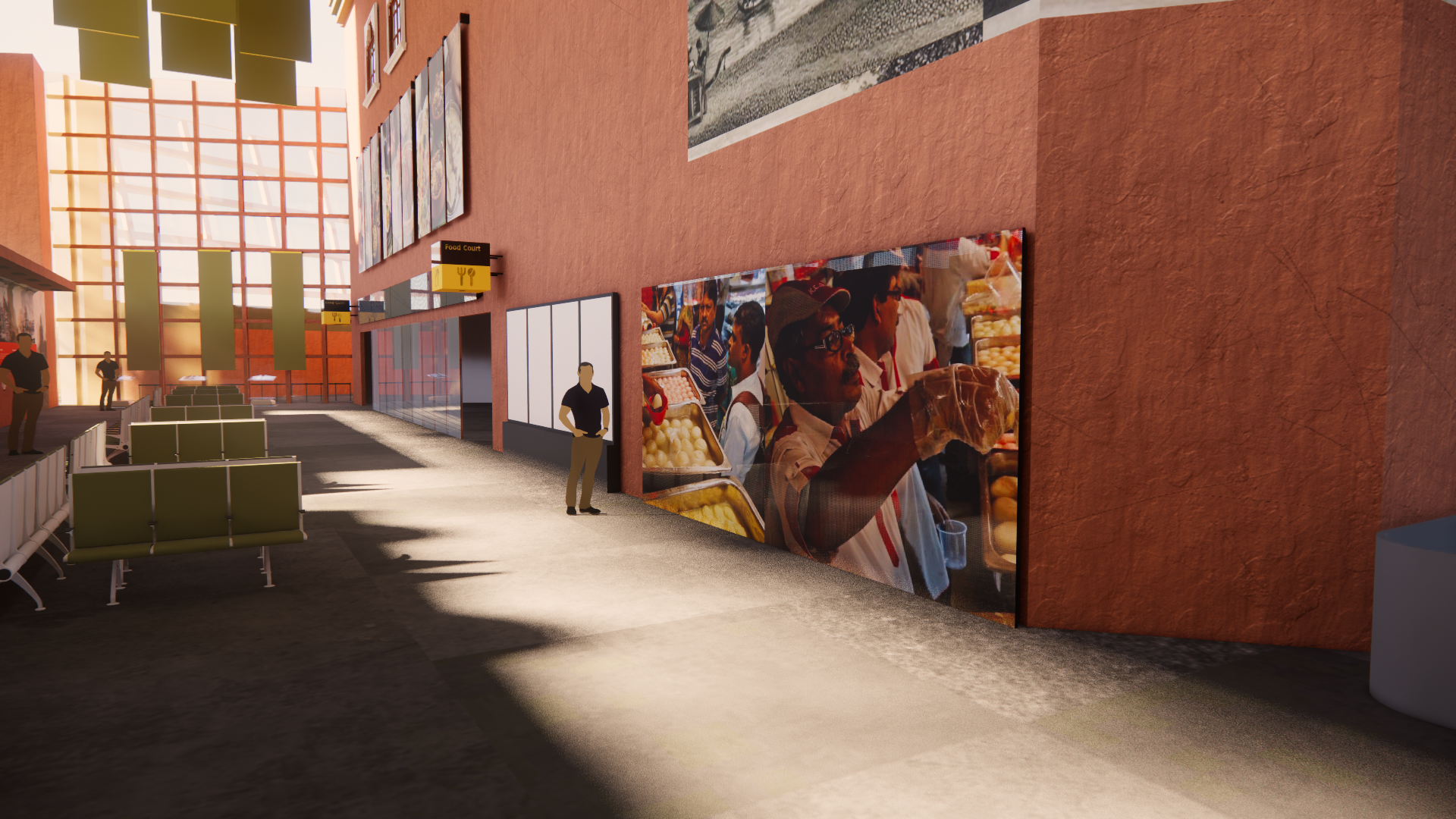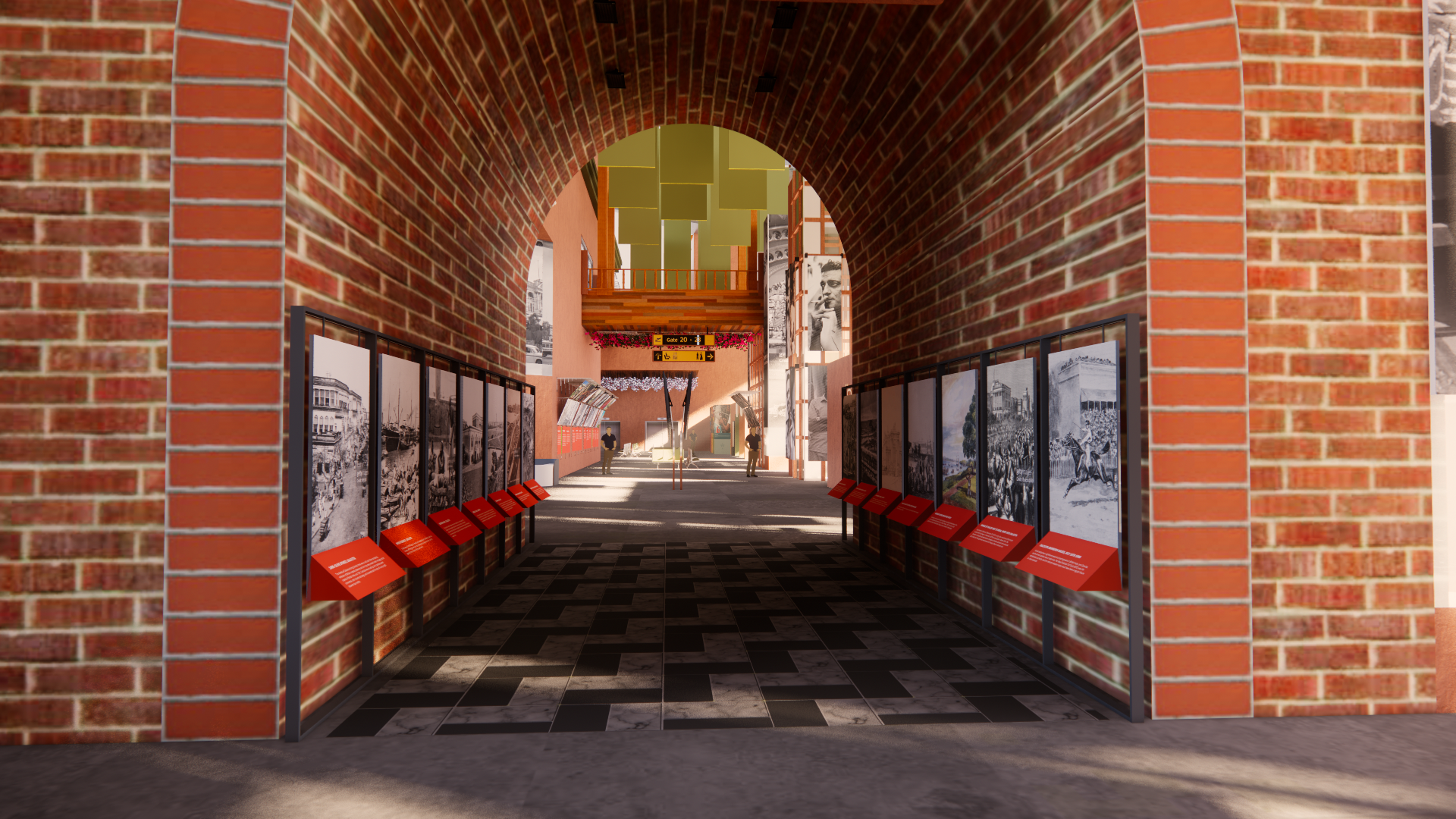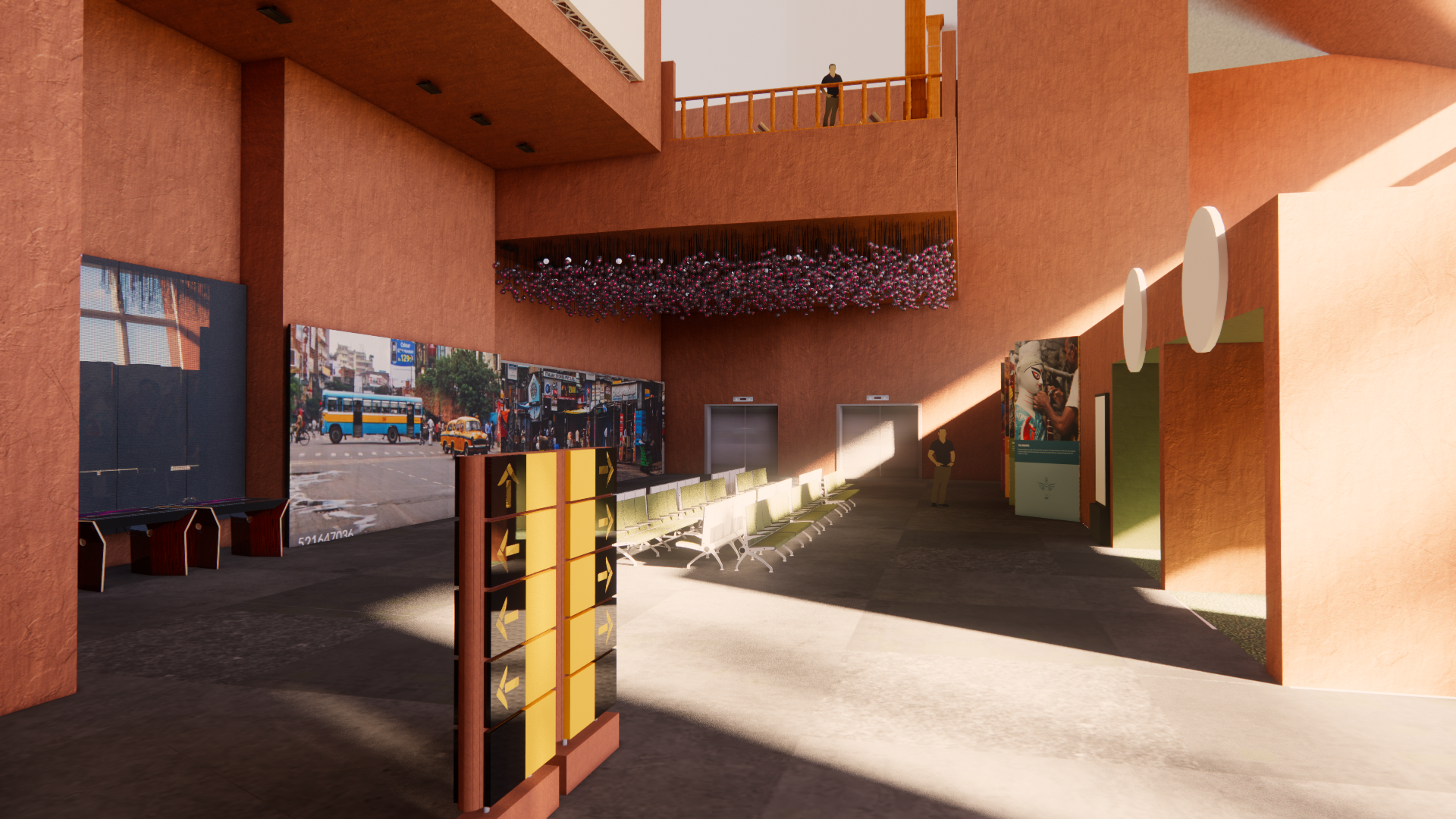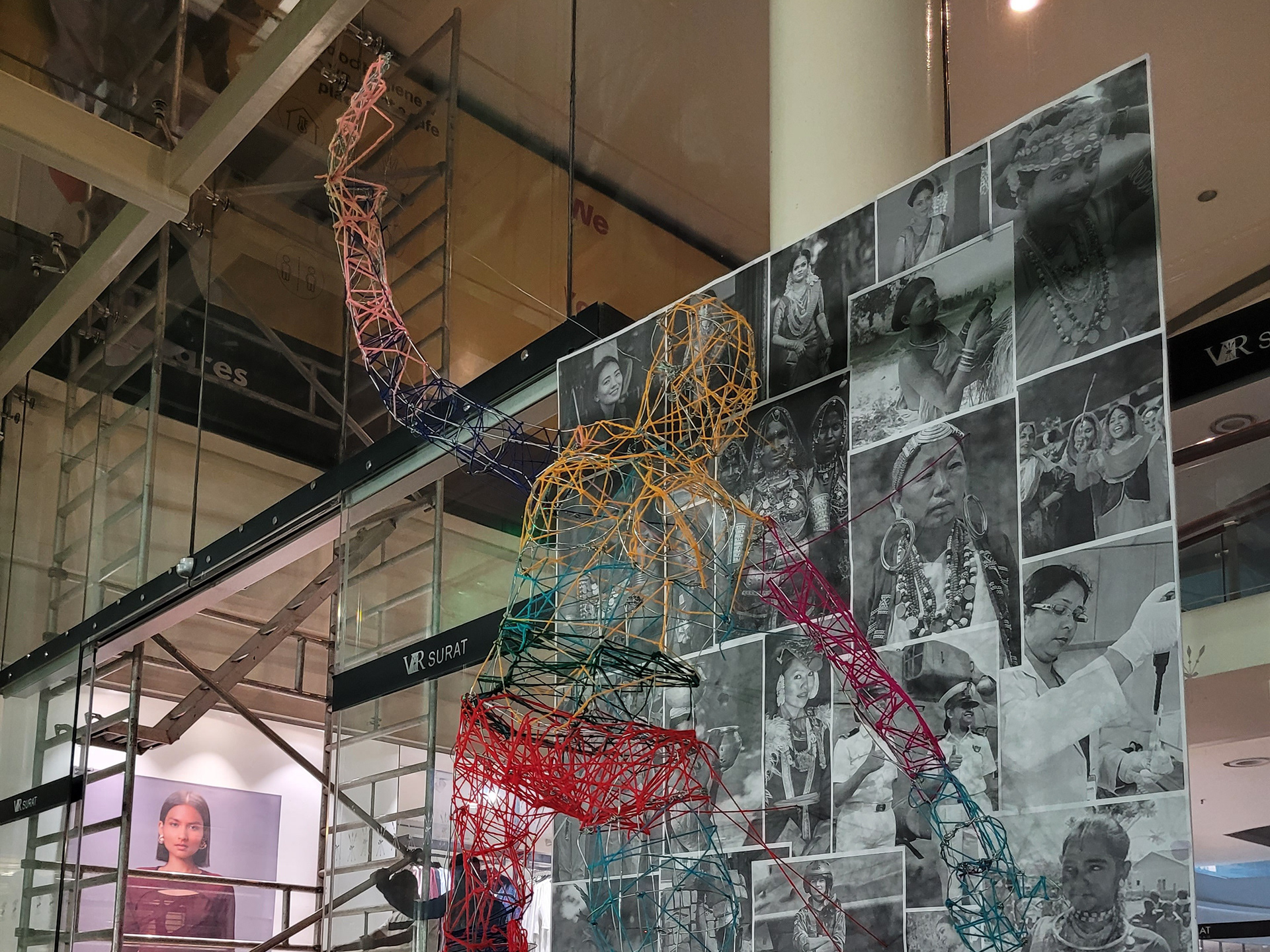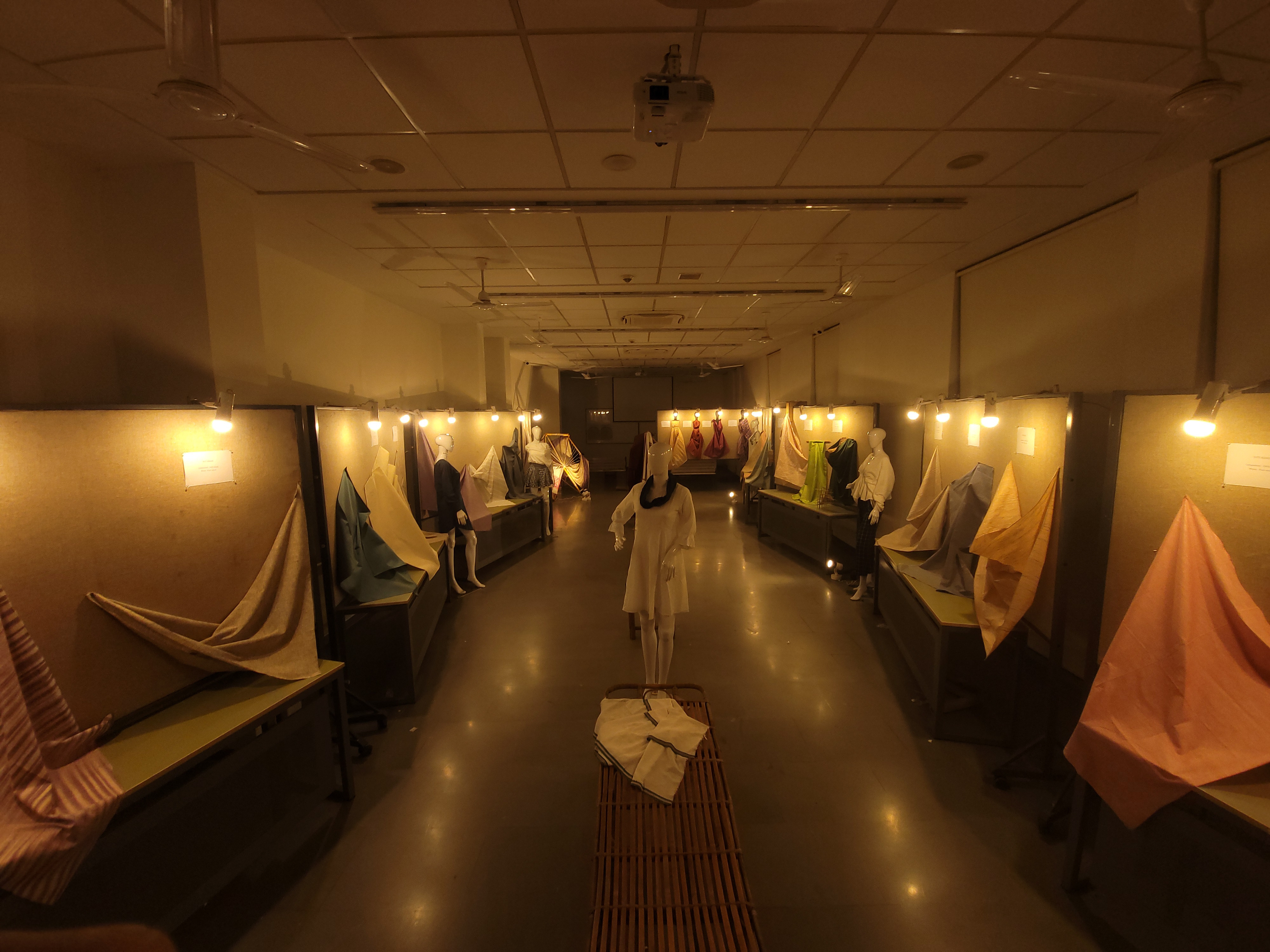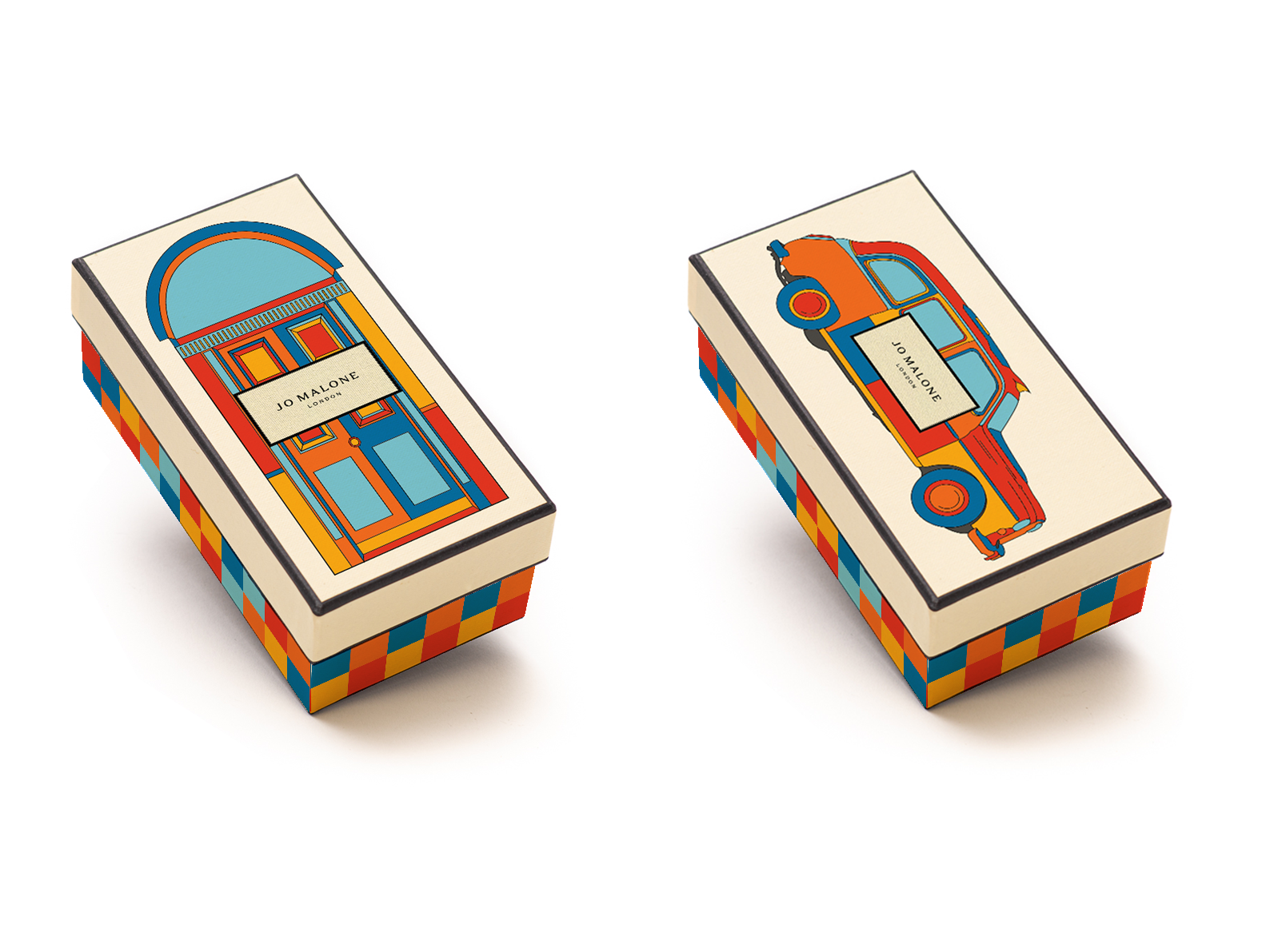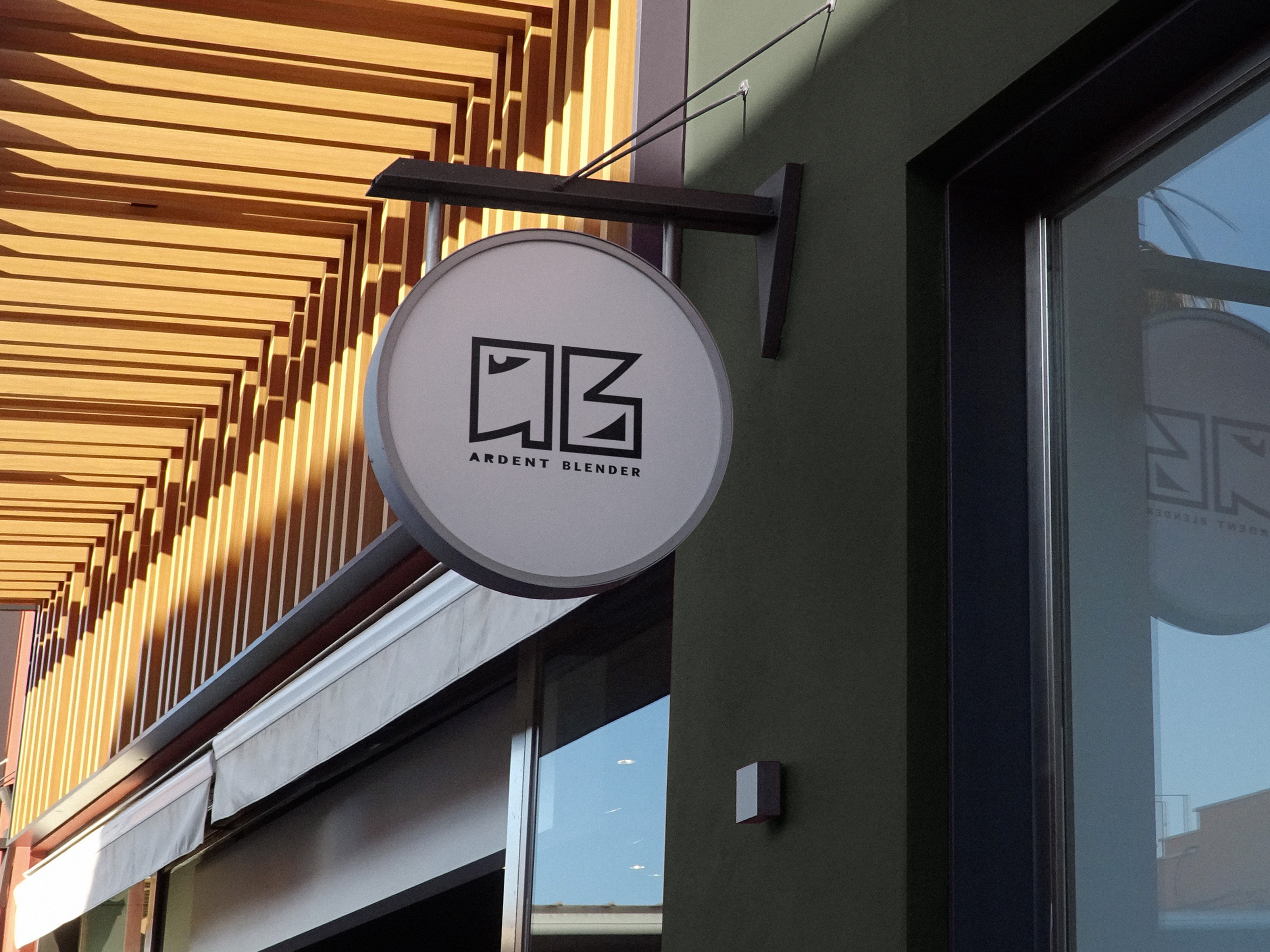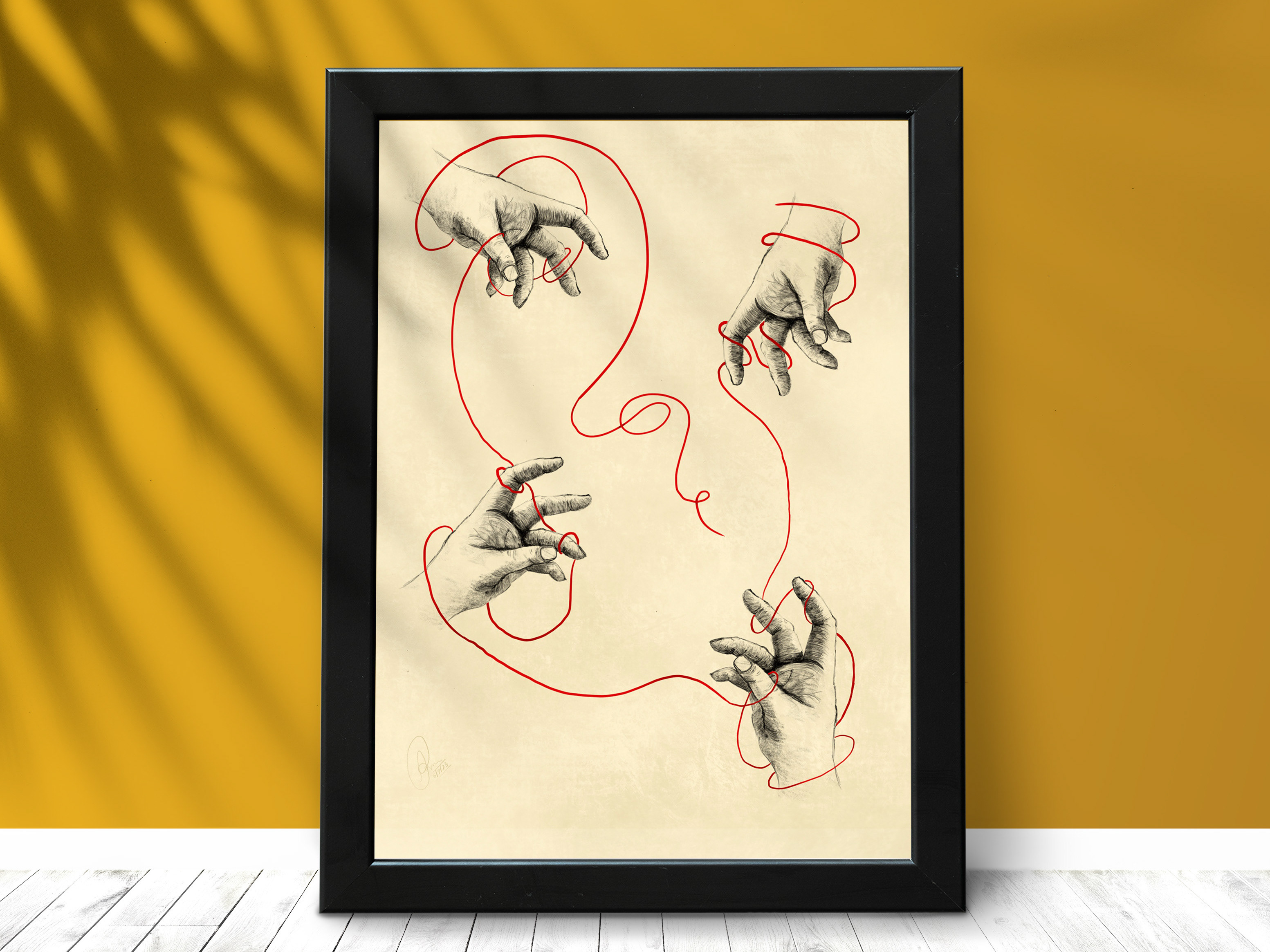An airport is more than just a point of transit — it serves as the first and last impression of a city. It functions as a gateway to the world, embodying the essence, culture, and identity of the region it represents. Through the use of thoughtful design, an airport can offer domestic and international travellers an immersive introduction to the spirit and character of the place, transforming travel into a culturally enriching experience.
This design project envisions an experiential museum within the Netaji Subhas Chandra Bose International Airport, Kolkata, India. The space is conceived as an immersive narrative journey that traces the city’s evolution — from its pre-colonial origins and colonial legacy to its emergence as a dynamic, vibrant city. Using curated visuals, spatial storytelling, and interactive design, the museum aims to celebrate Kolkata’s rich cultural heritage while offering travellers a meaningful connection to the city’s timeless spirit.
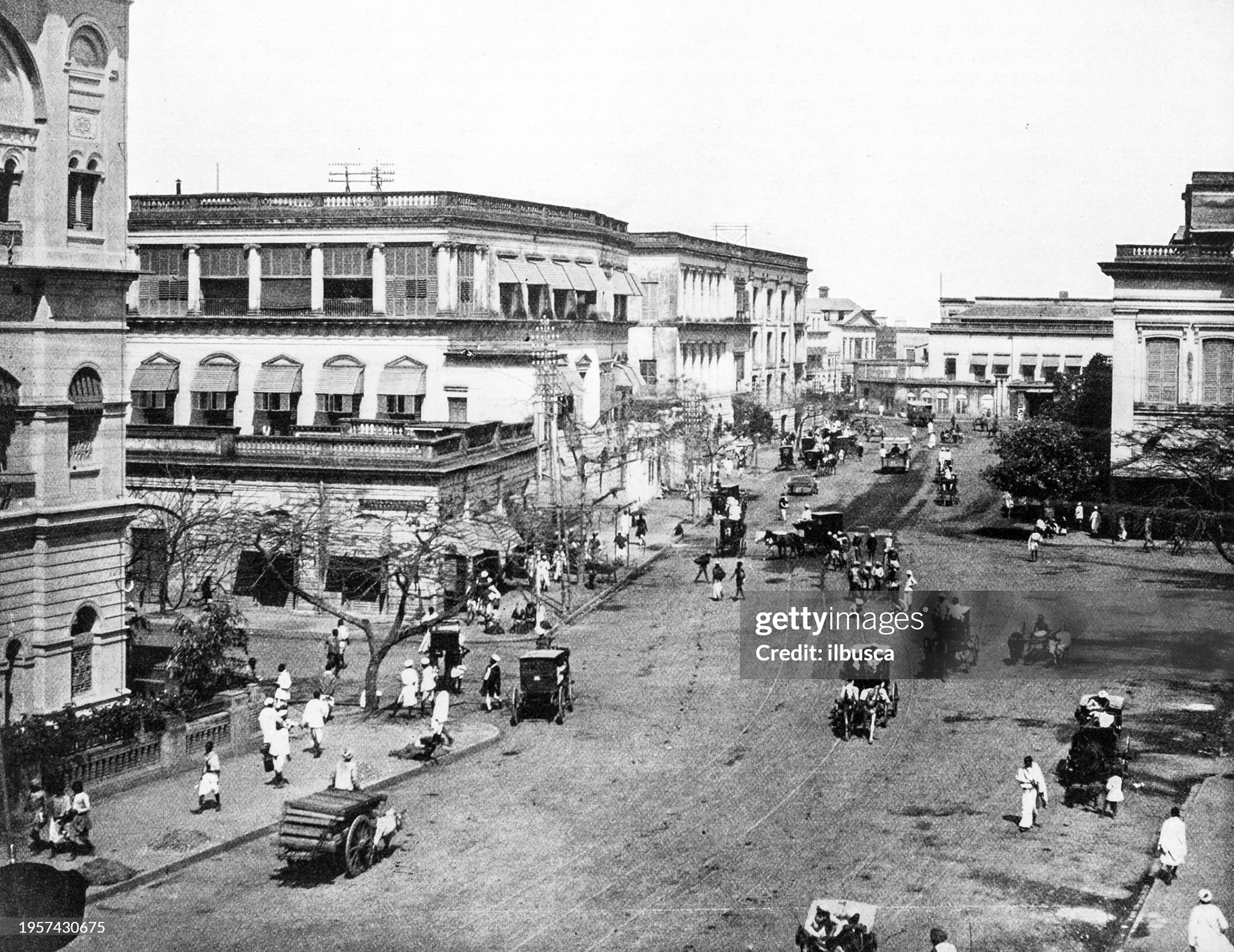


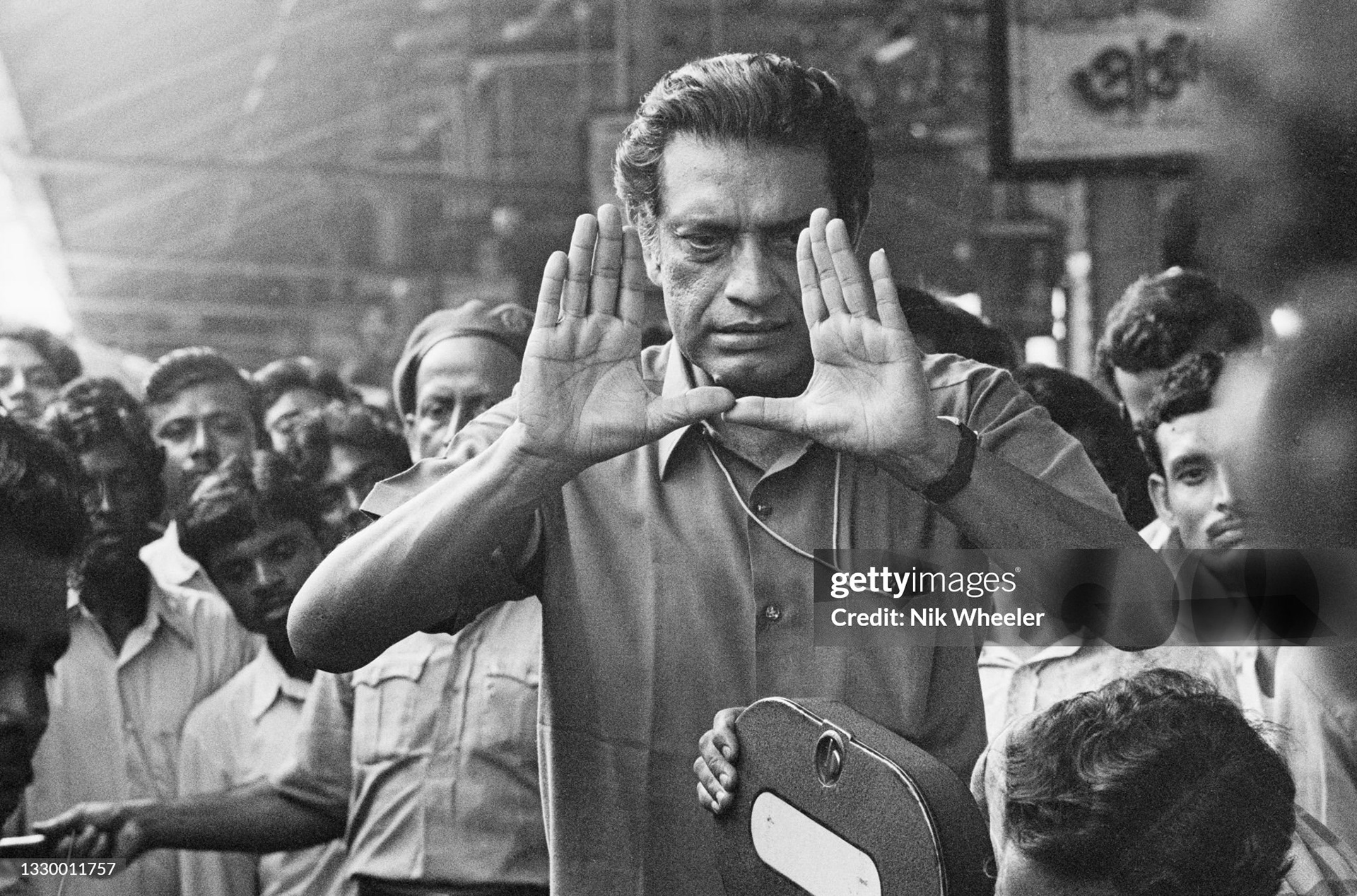

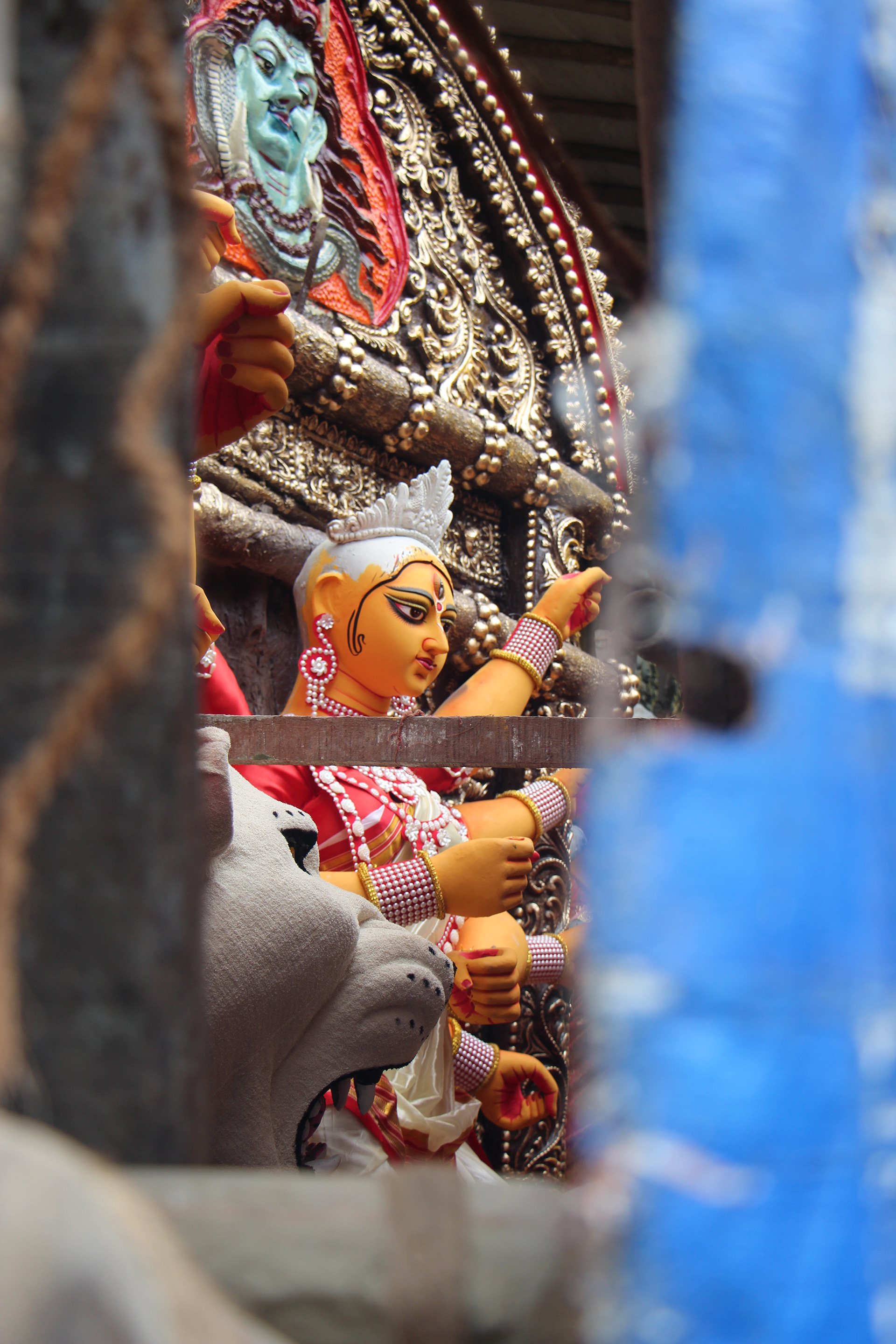
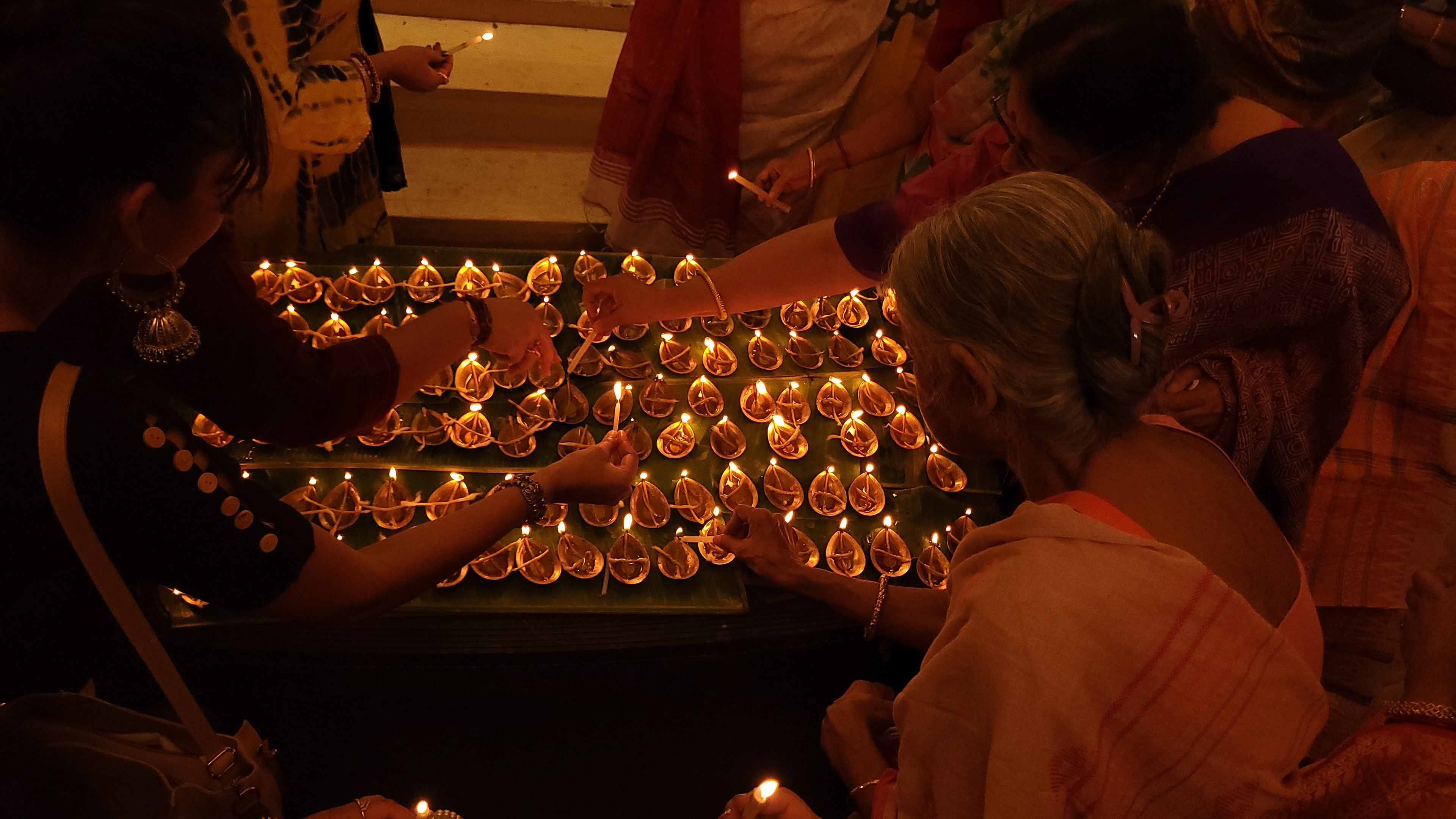

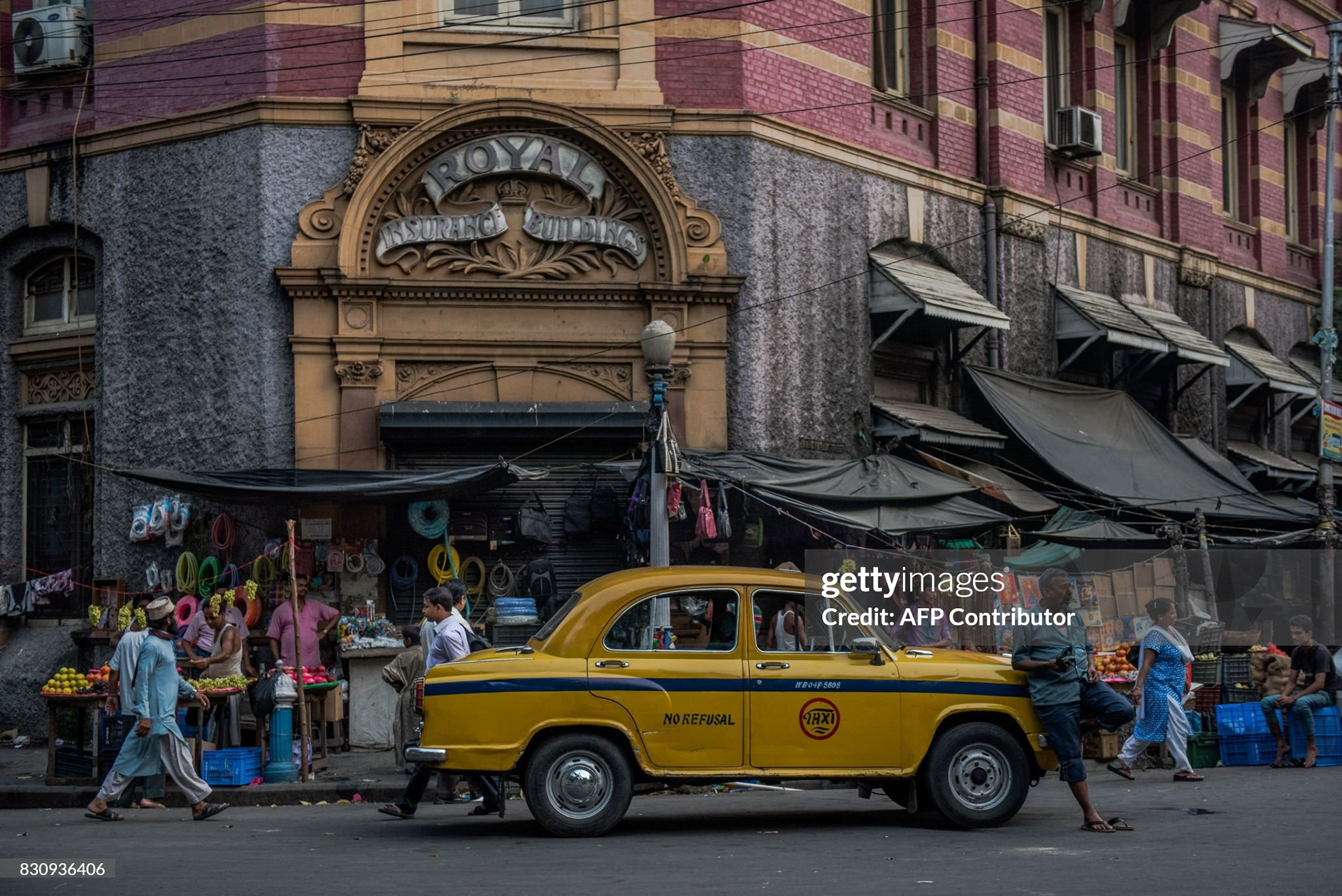


The concept of placemaking and narrative branding within the airport aims to transform the space into a comforting and engaging environment that eases the stress often associated with air travel. By integrating an experiential exhibition into the terminal, passengers are invited to momentarily disconnect from the chaos of transit and immerse themselves in the culture and stories of Kolkata. This thoughtful intervention not only enhances the aesthetic and emotional atmosphere of the airport but also turns waiting time into a moment of reflection, discovery, and connection.
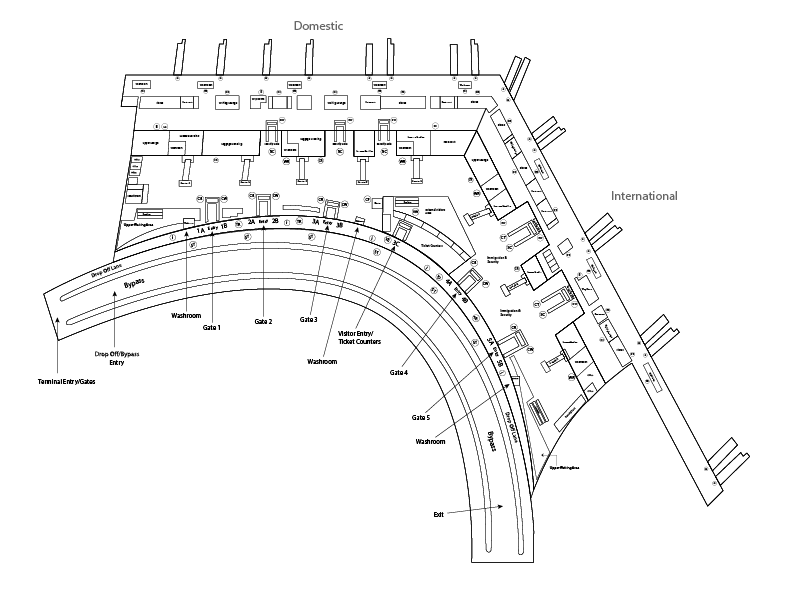

The experiential exhibition is set up in the boulevard in between the check-in area and the departure gates as zoned in the above image.
The exhibition is organized into distinct thematic zones to create a cohesive yet flexible visitor experience. Type A panels represent the pre-colonial era, Type B panels depict the colonial period, while Type C and D panels explore the post-colonial and contemporary phases of Kolkata’s evolution.
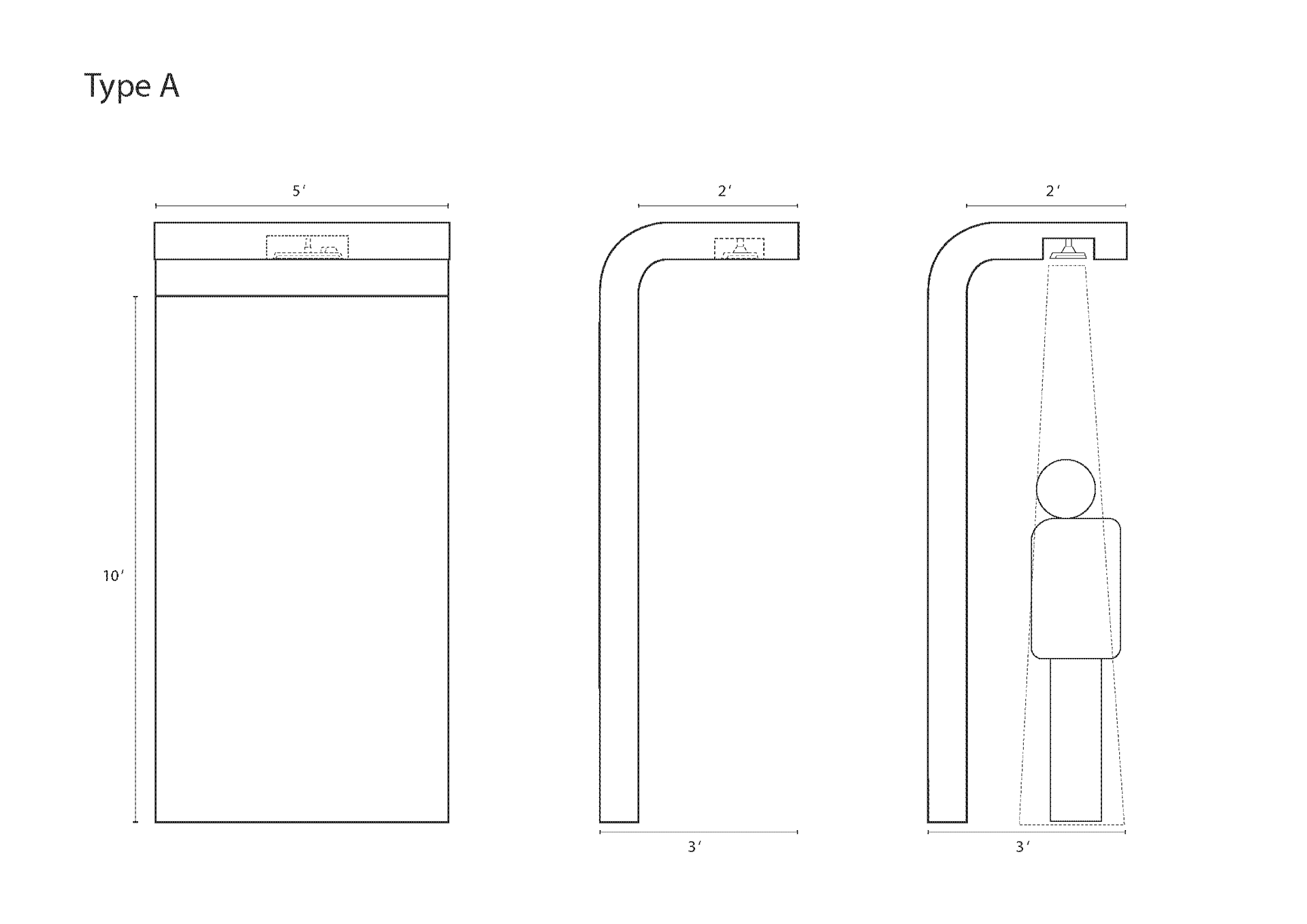
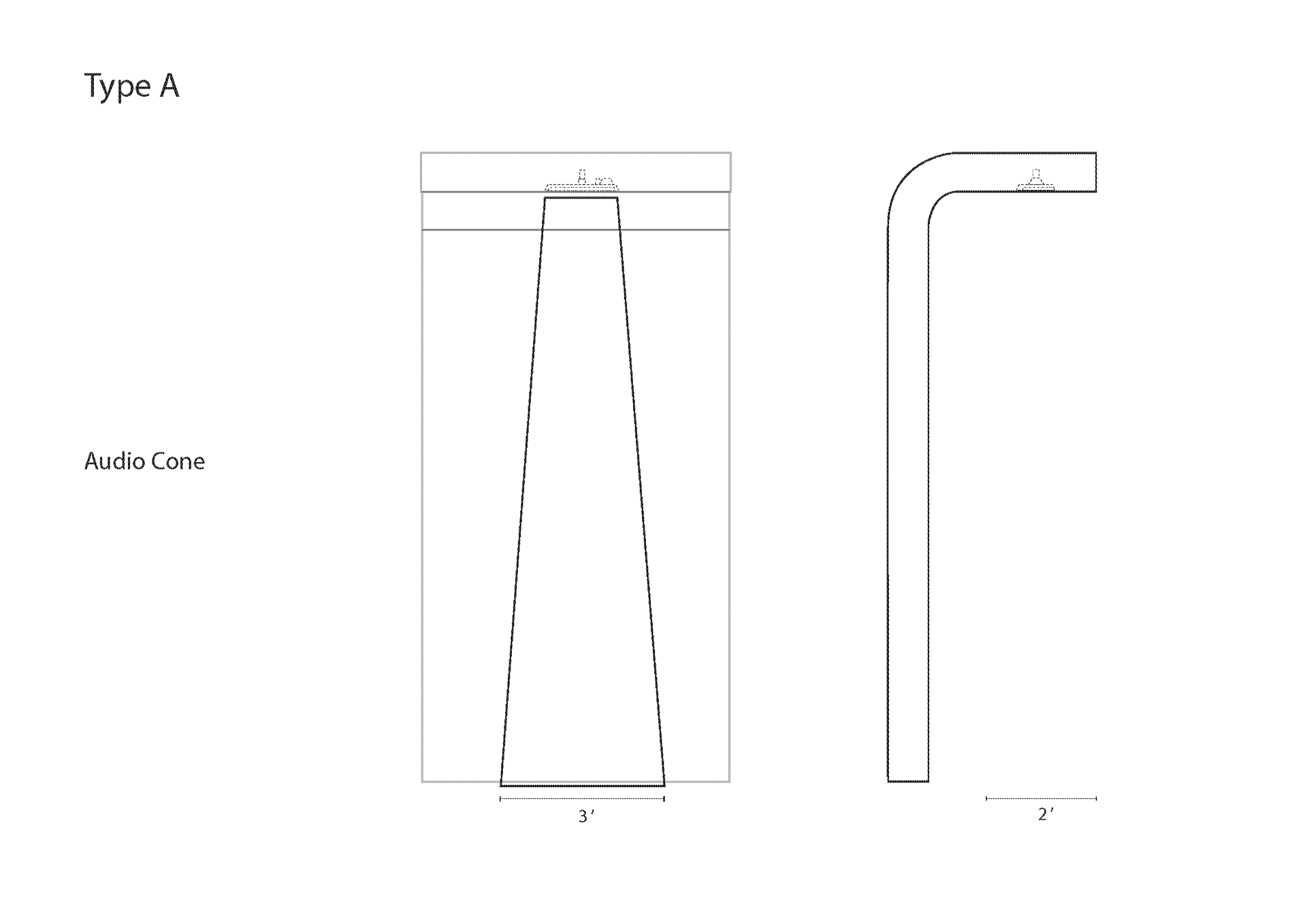
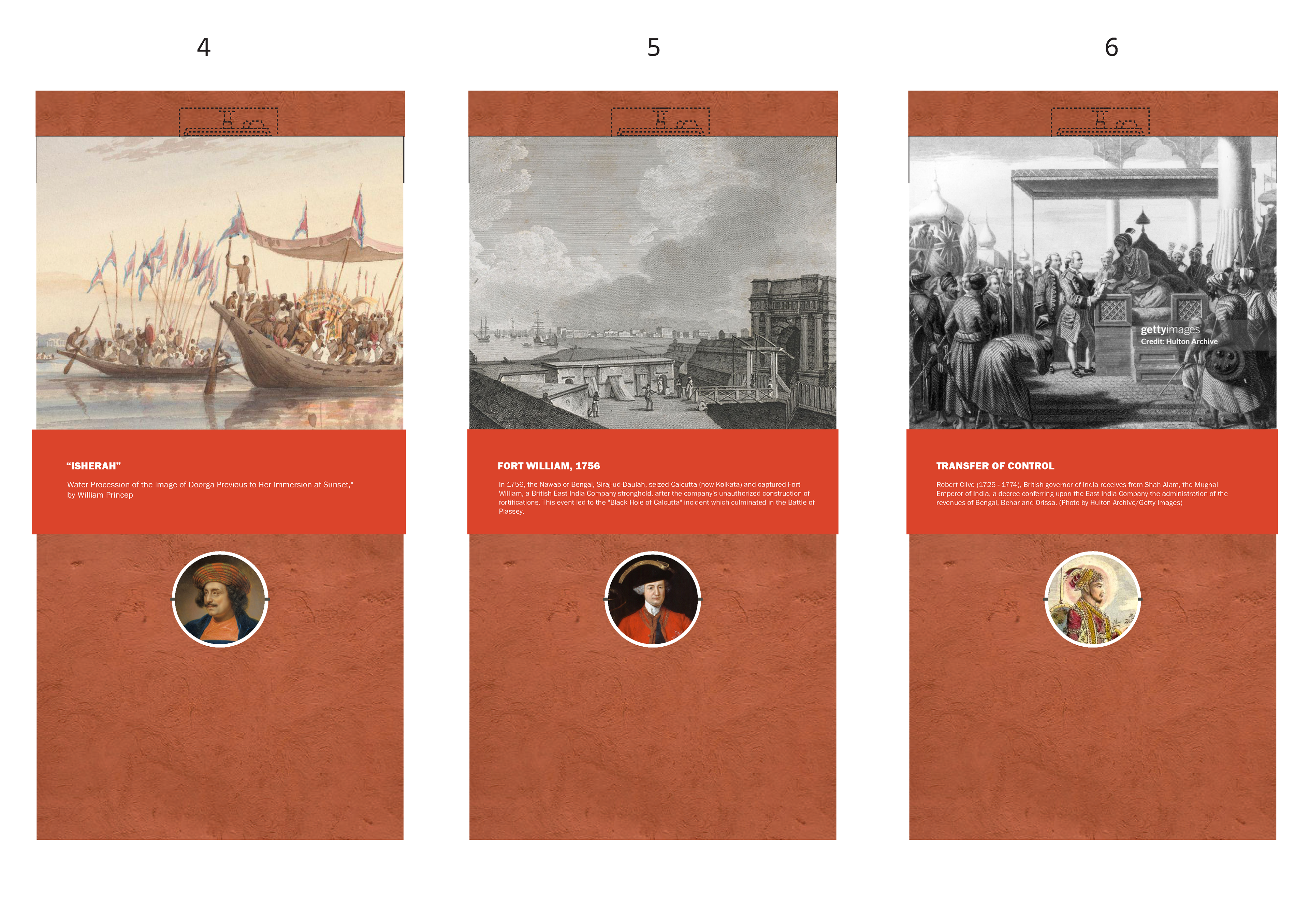
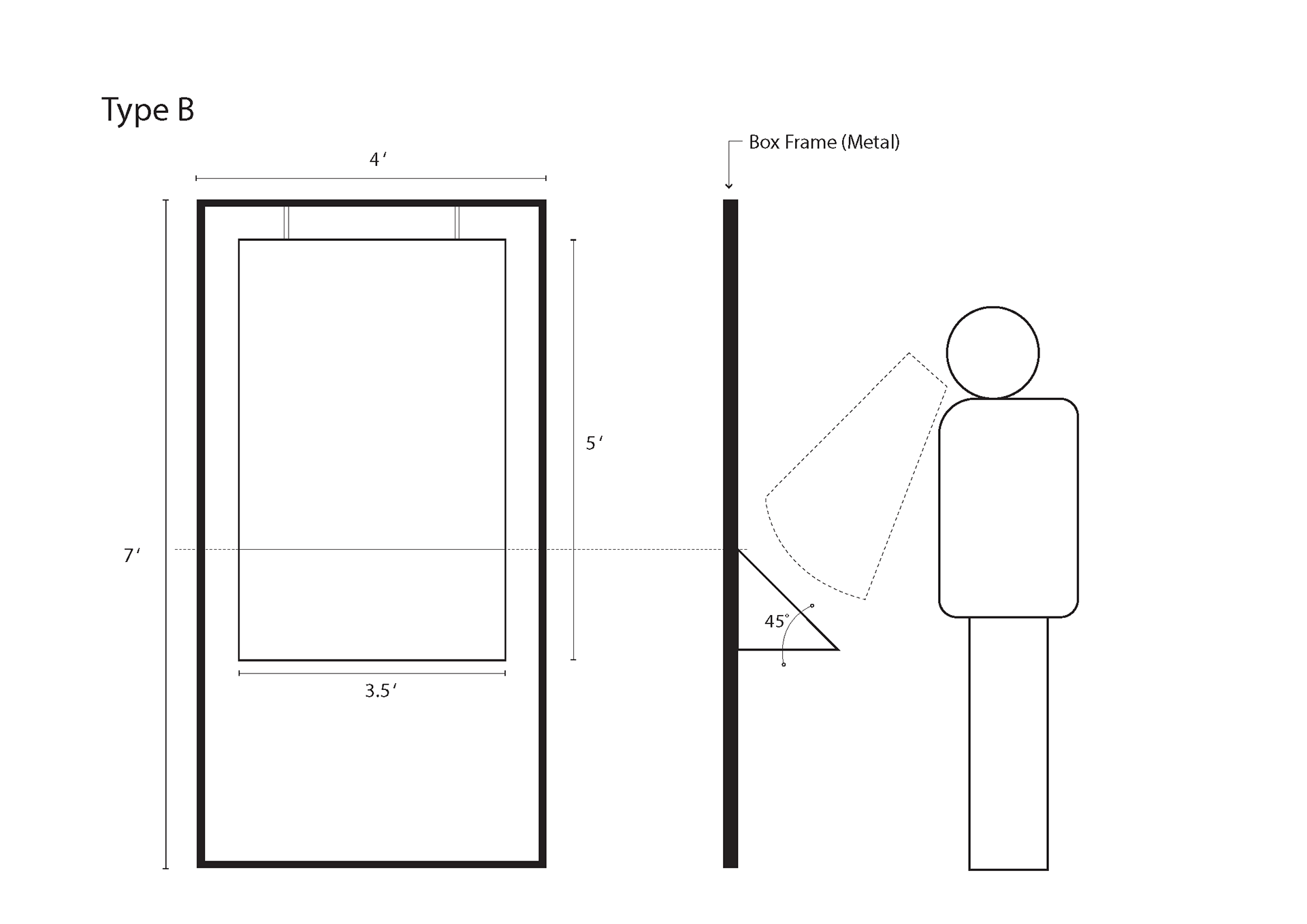
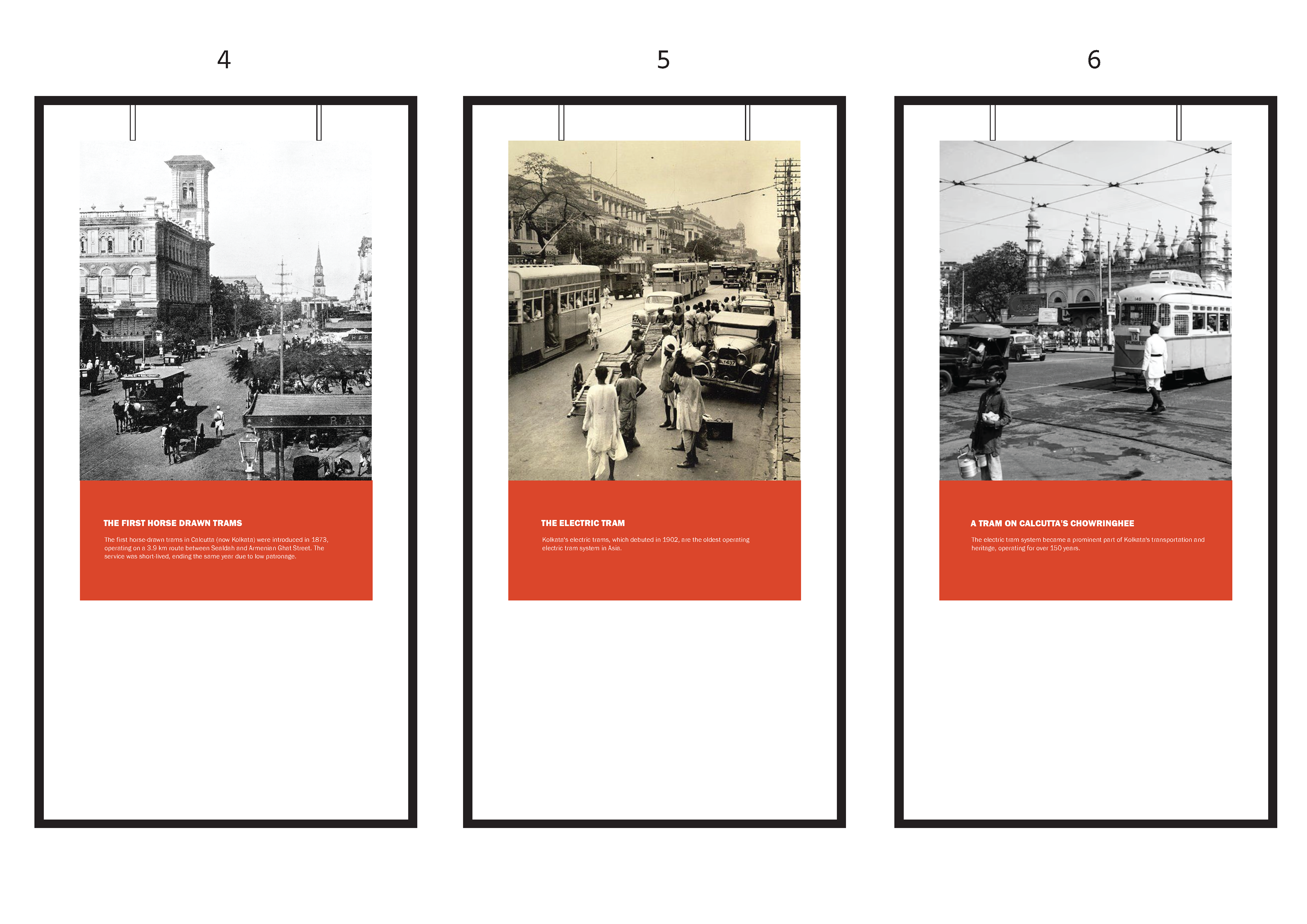
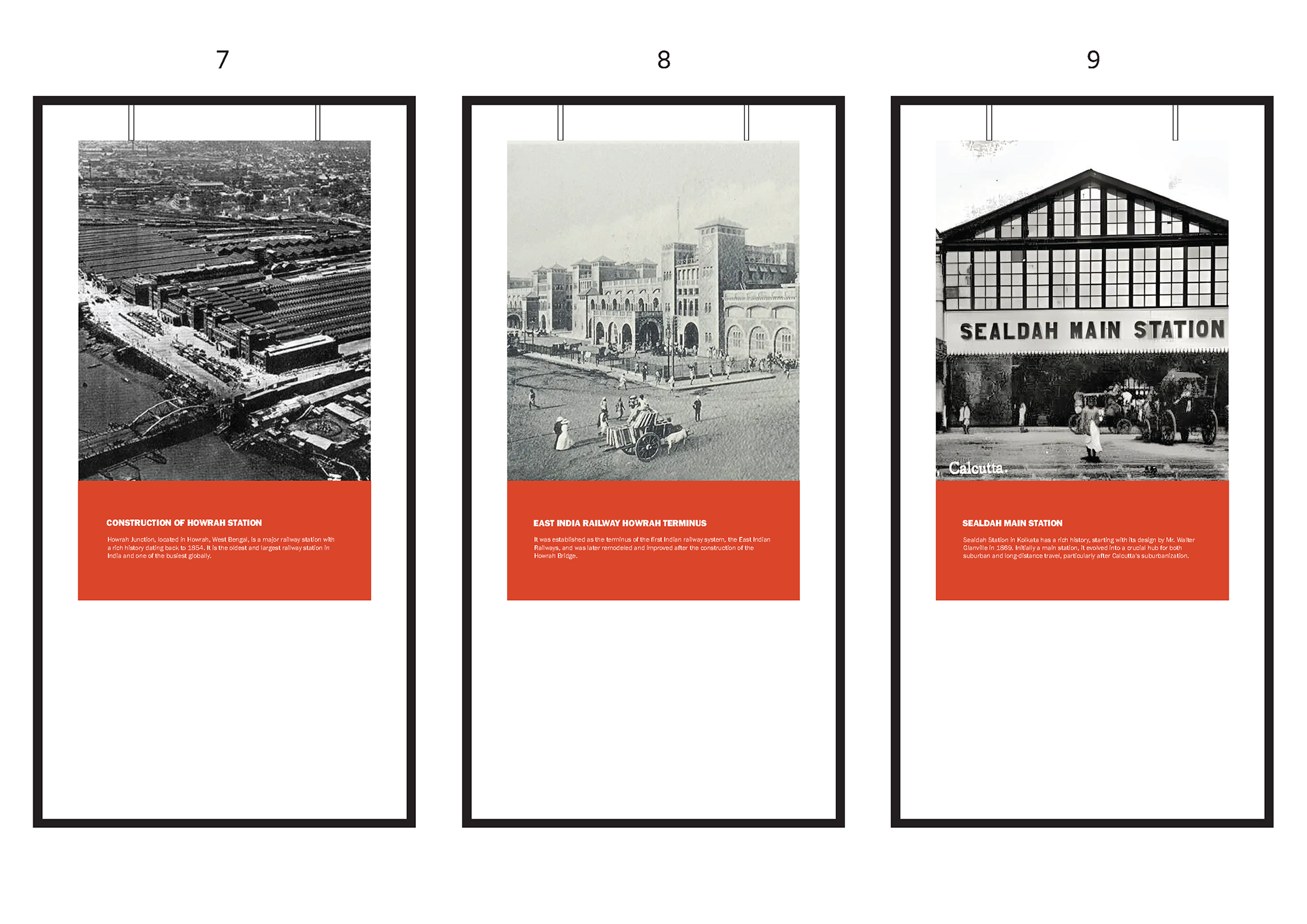

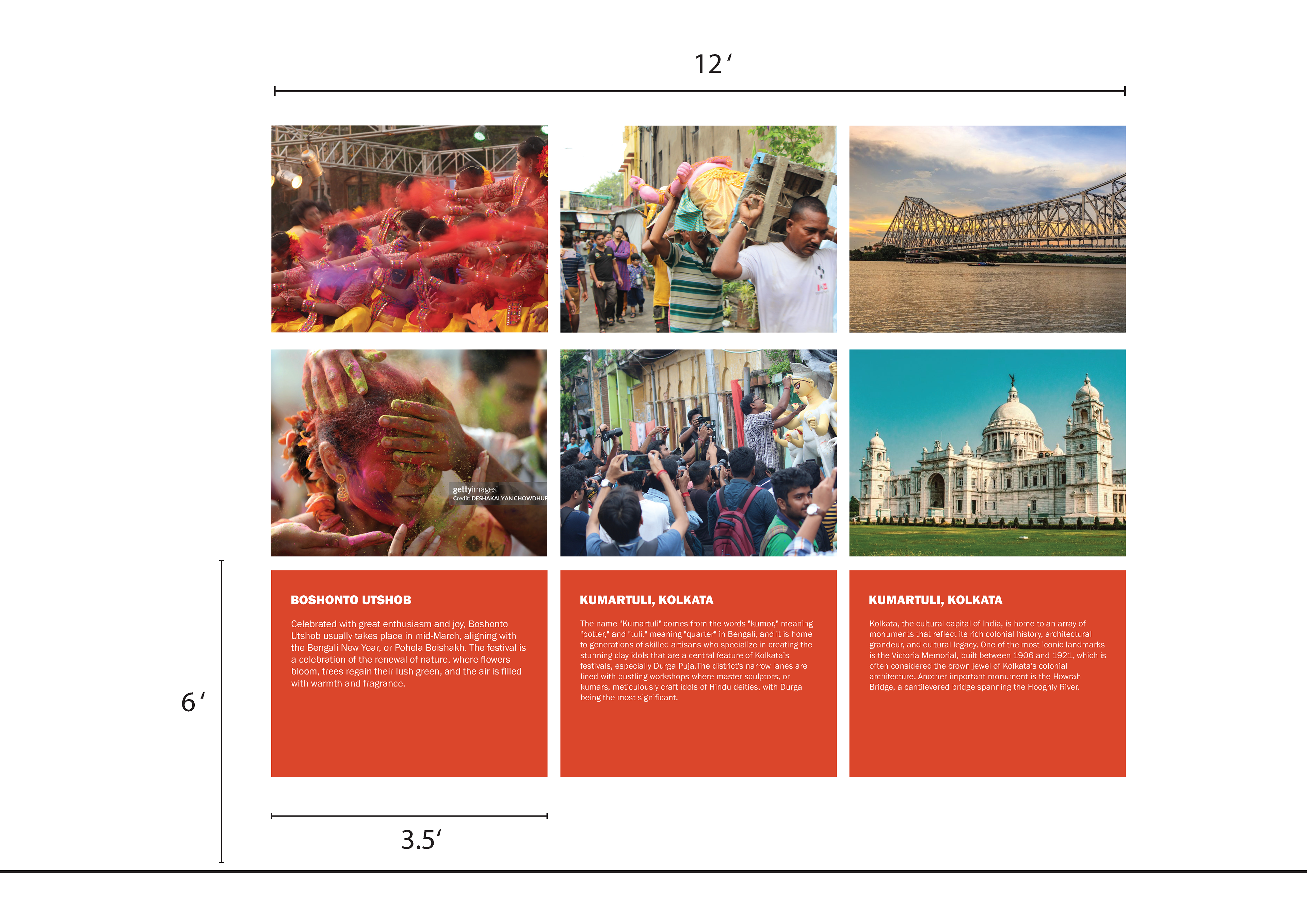
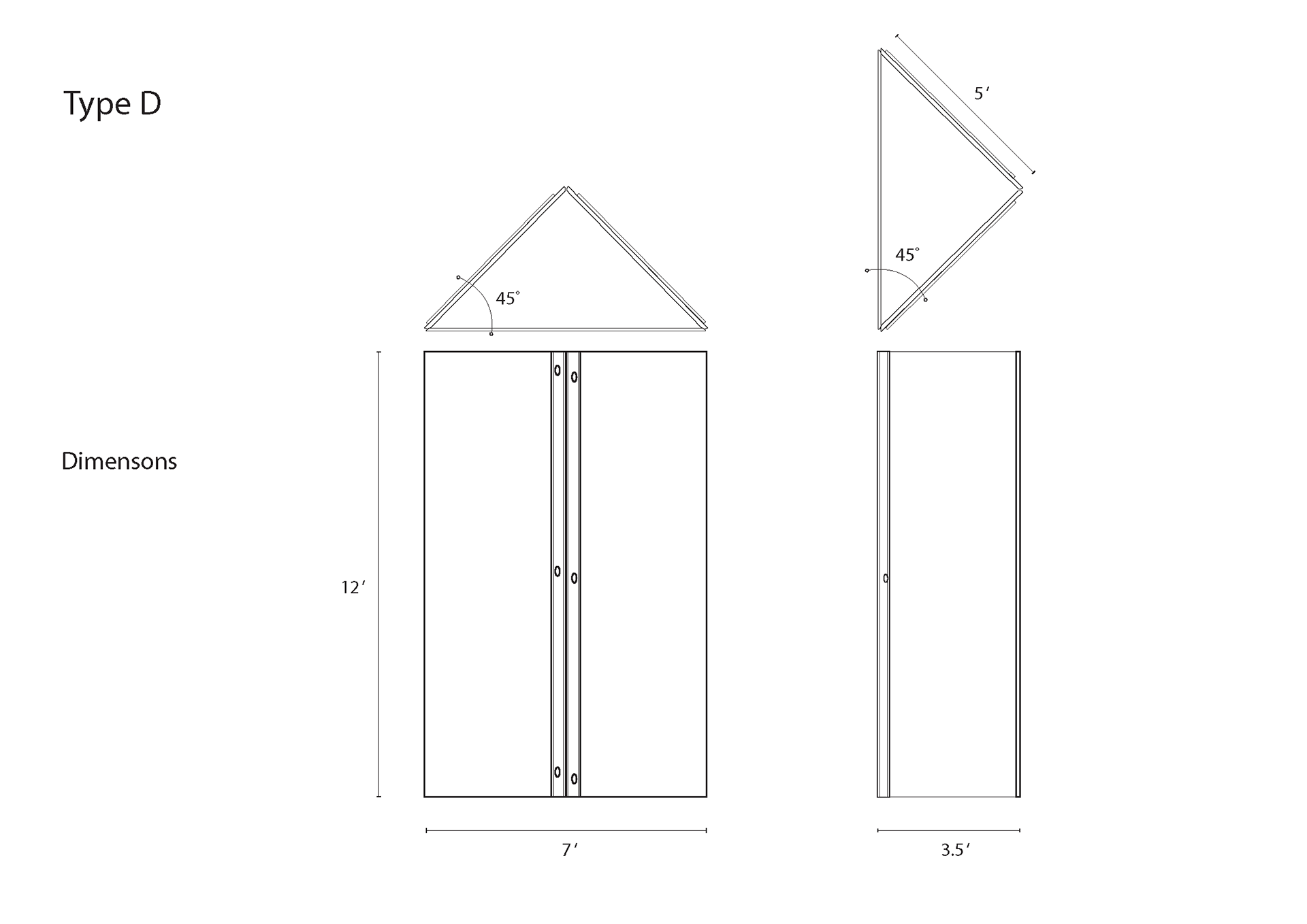
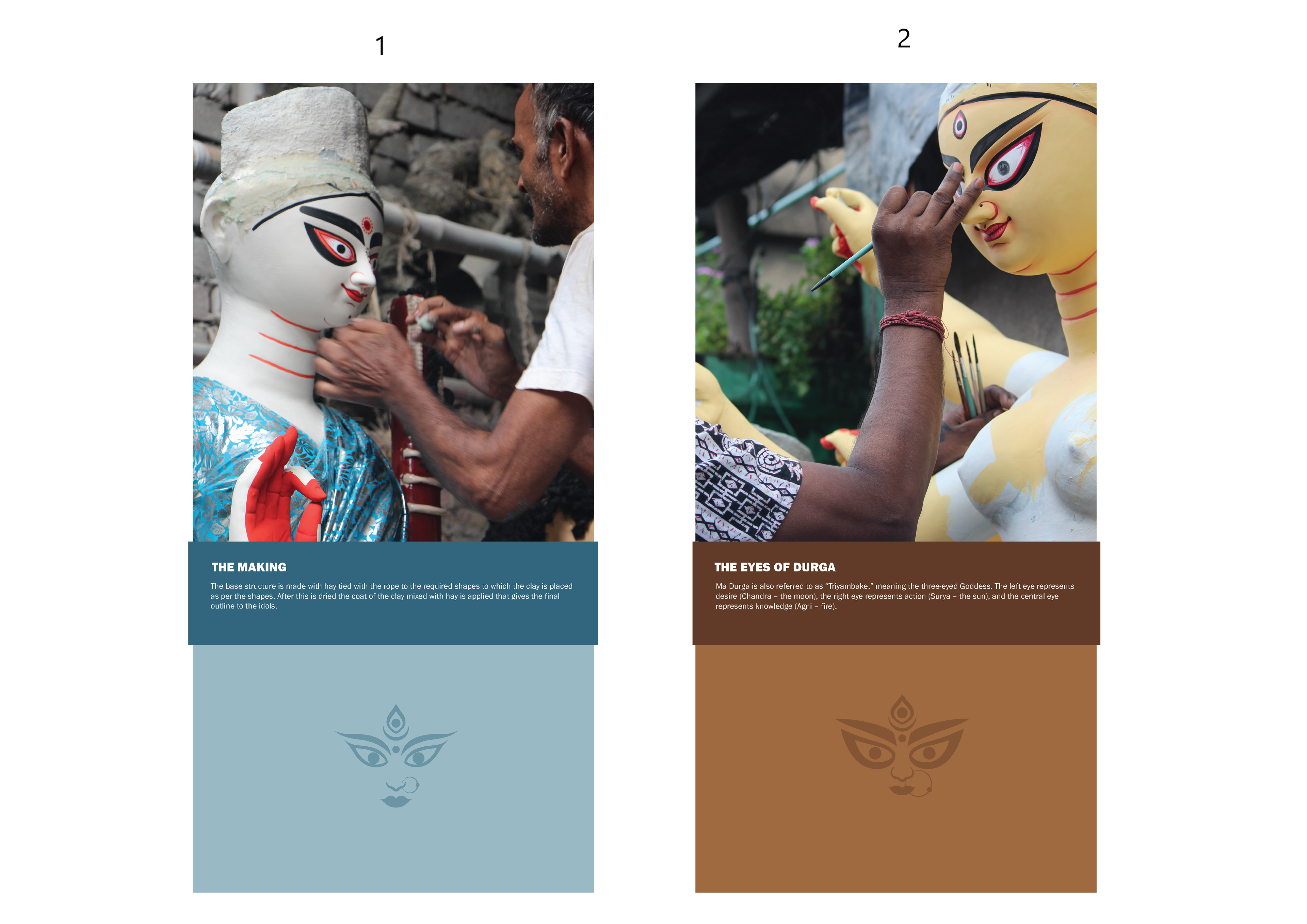
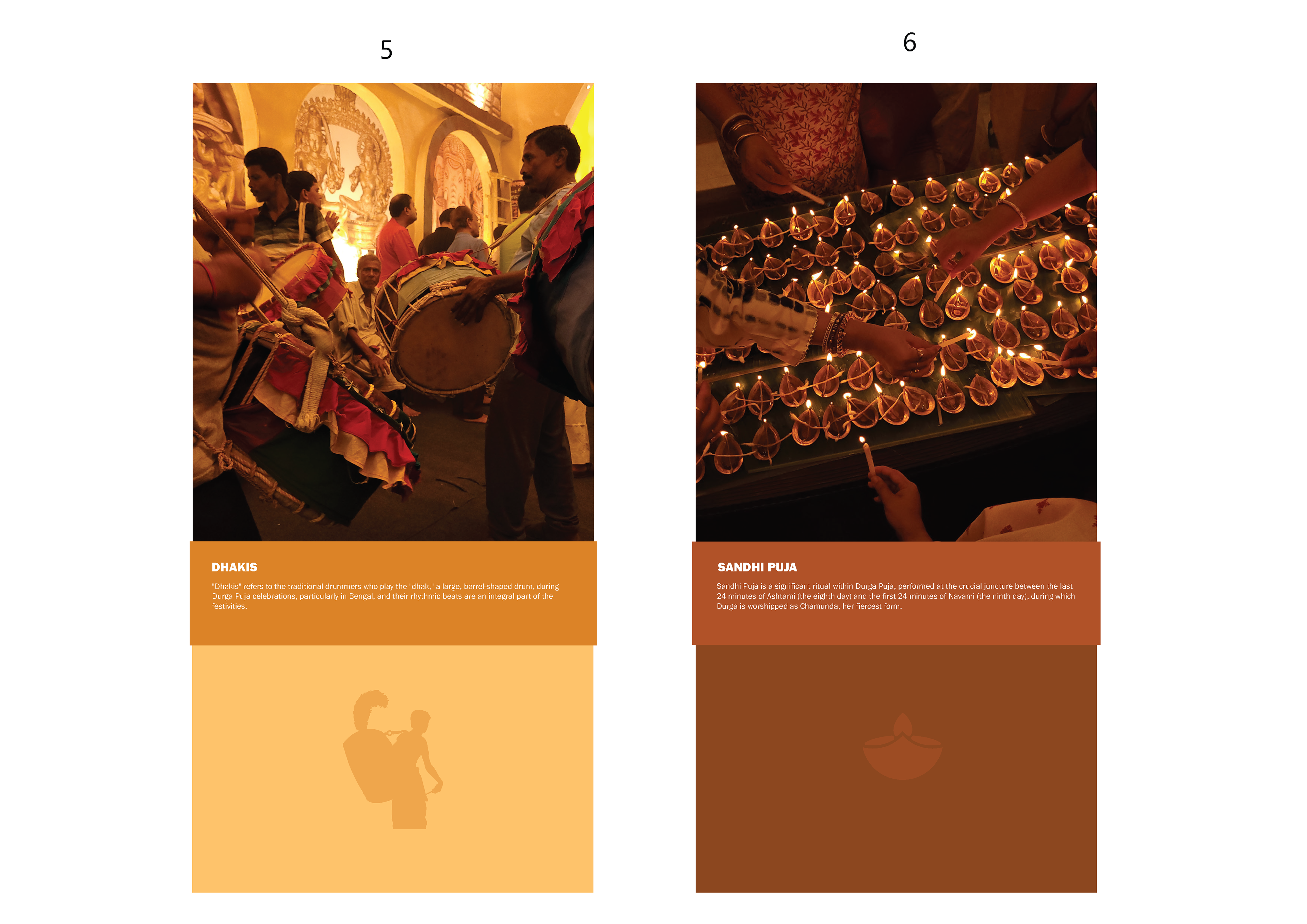
Given the airport’s architectural layout—with multiple entry points along the main boulevard—a strictly linear timeline would disrupt the visitor flow. Instead, a zonal exhibition approach ensures that passengers can engage with the narrative seamlessly, regardless of where they enter. Each zone offers a self-contained story, allowing for independent exploration while maintaining a sense of continuity.
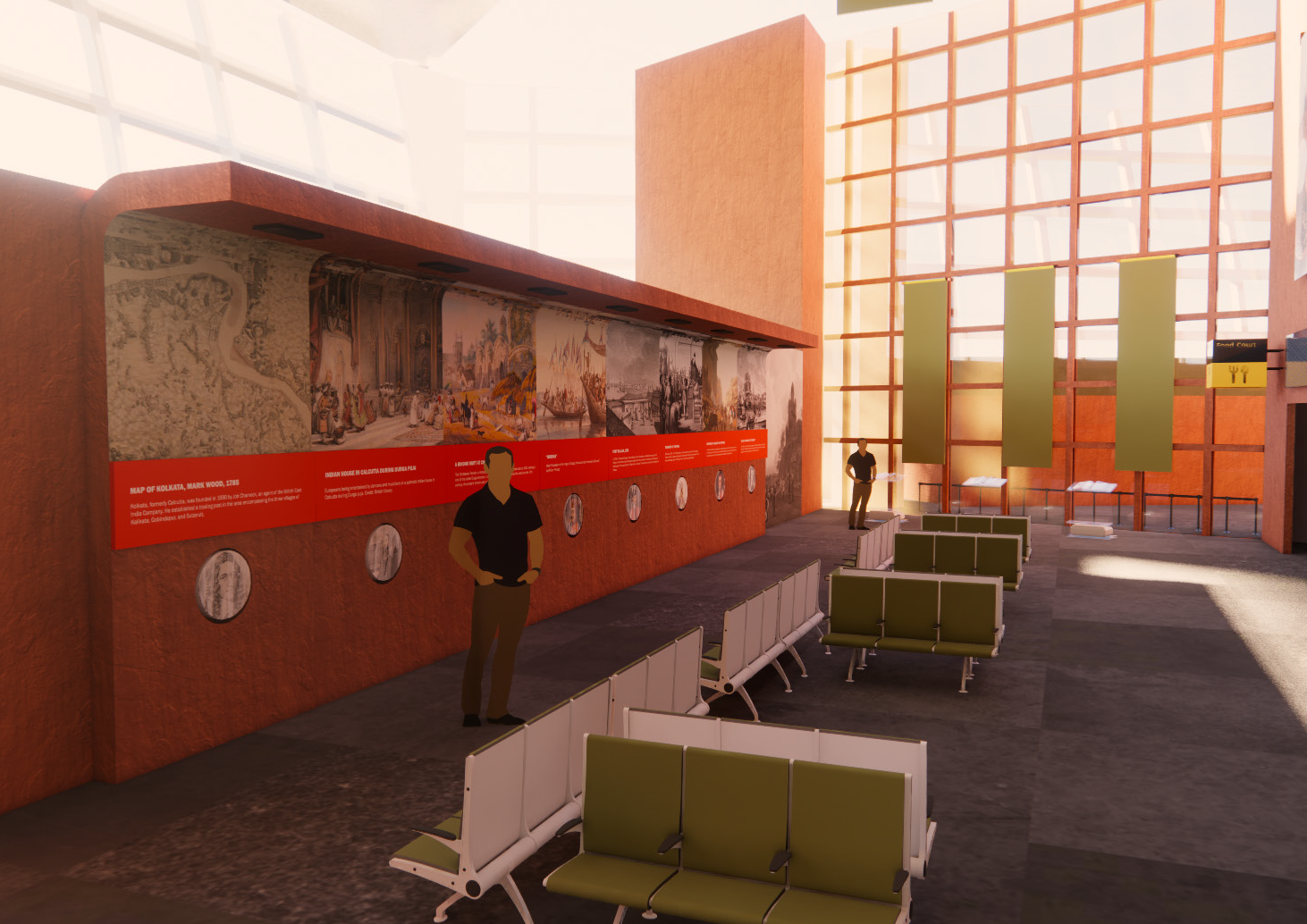
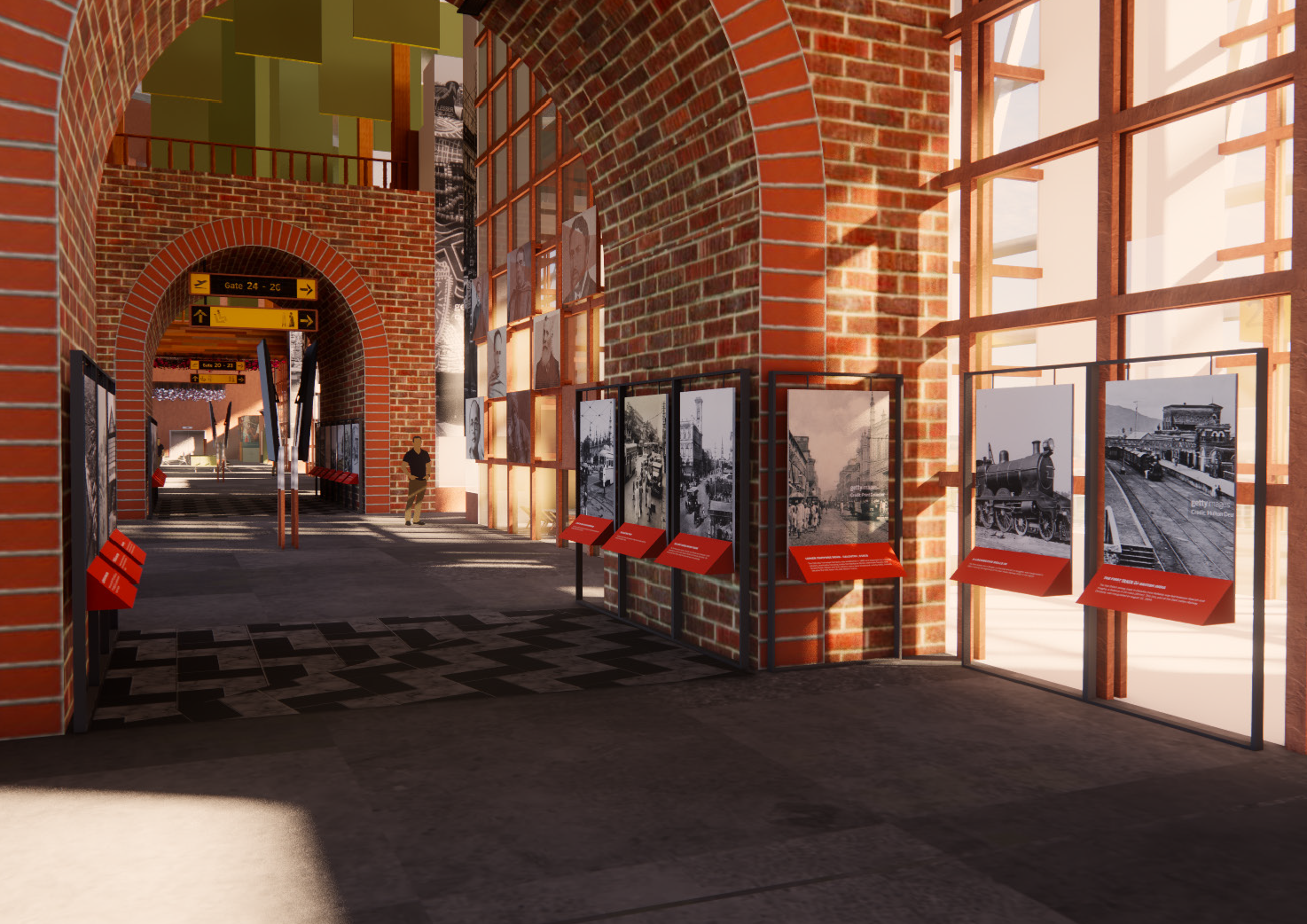
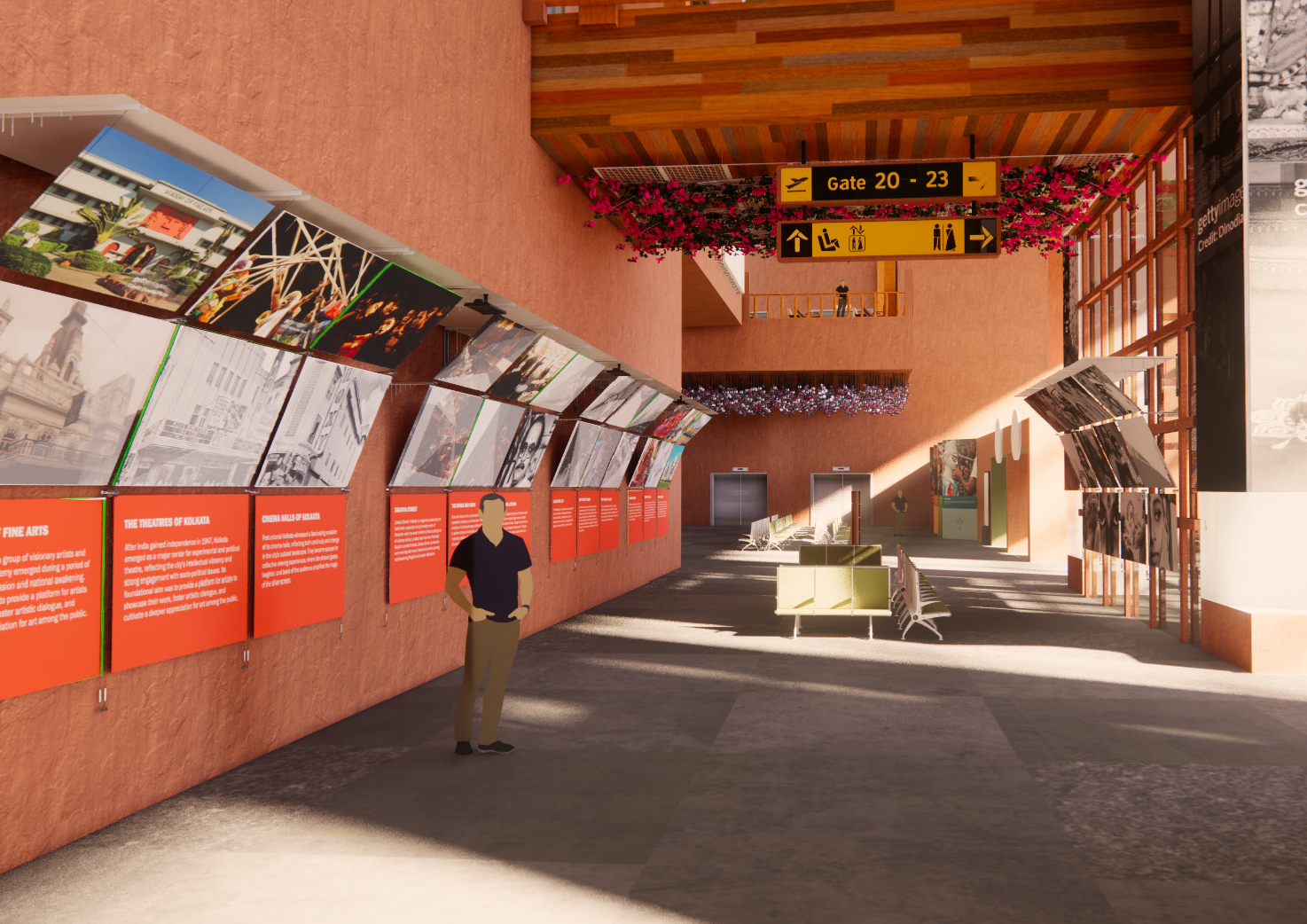

The transitions between zones are marked by typographic feature walls, subtly guiding passengers through time as they move past the security area and into different sections of the exhibition.

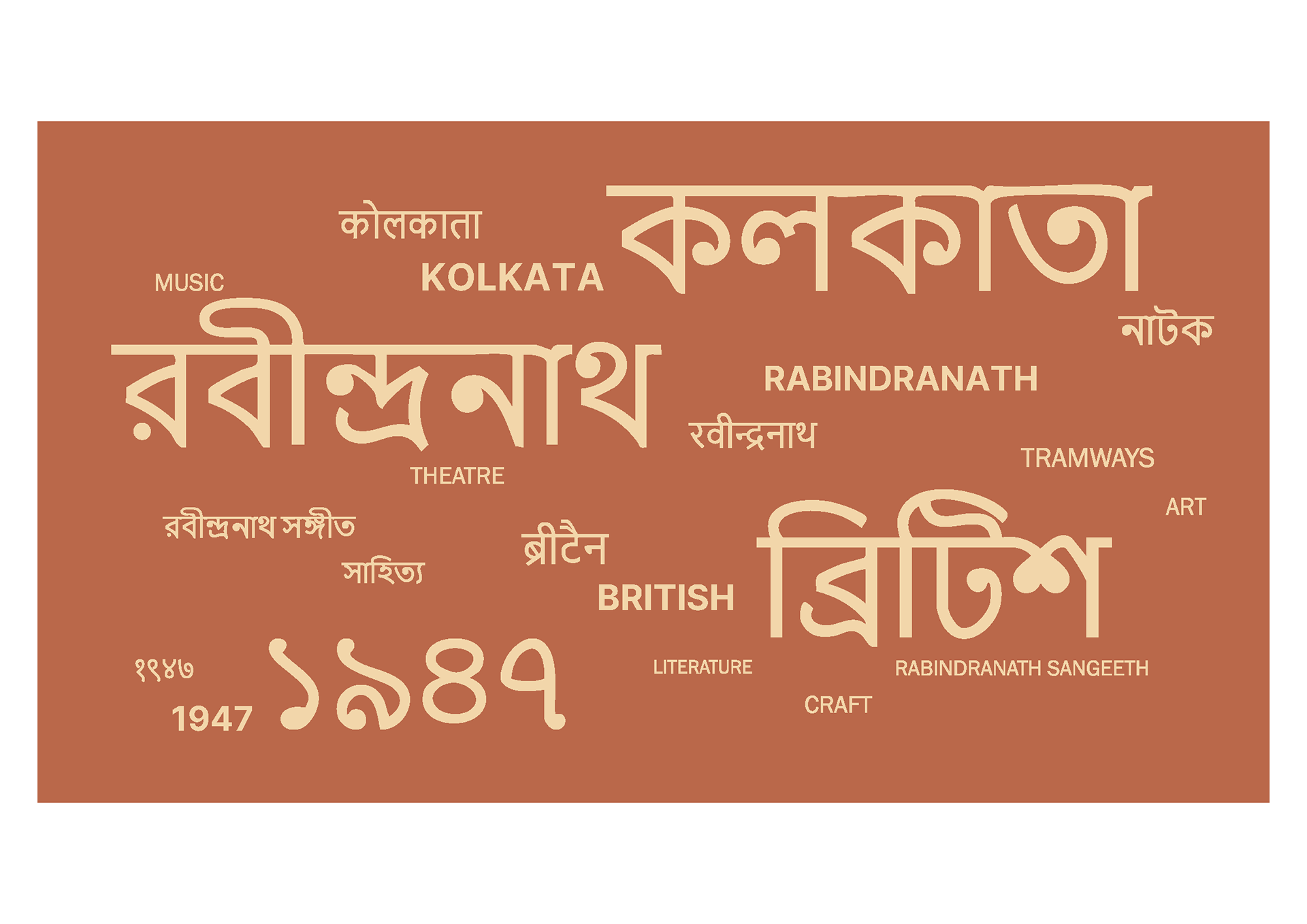
The experiential exhibition is designed to foster a sense of belonging and connection within the airport — a space where travellers can experience the essence of Kolkata before they depart. By immersing visitors in the city’s art, culture, and history, the exhibition ensures that passengers carry a lasting impression of Kolkata’s spirit with them as they continue their journey beyond its skies.
